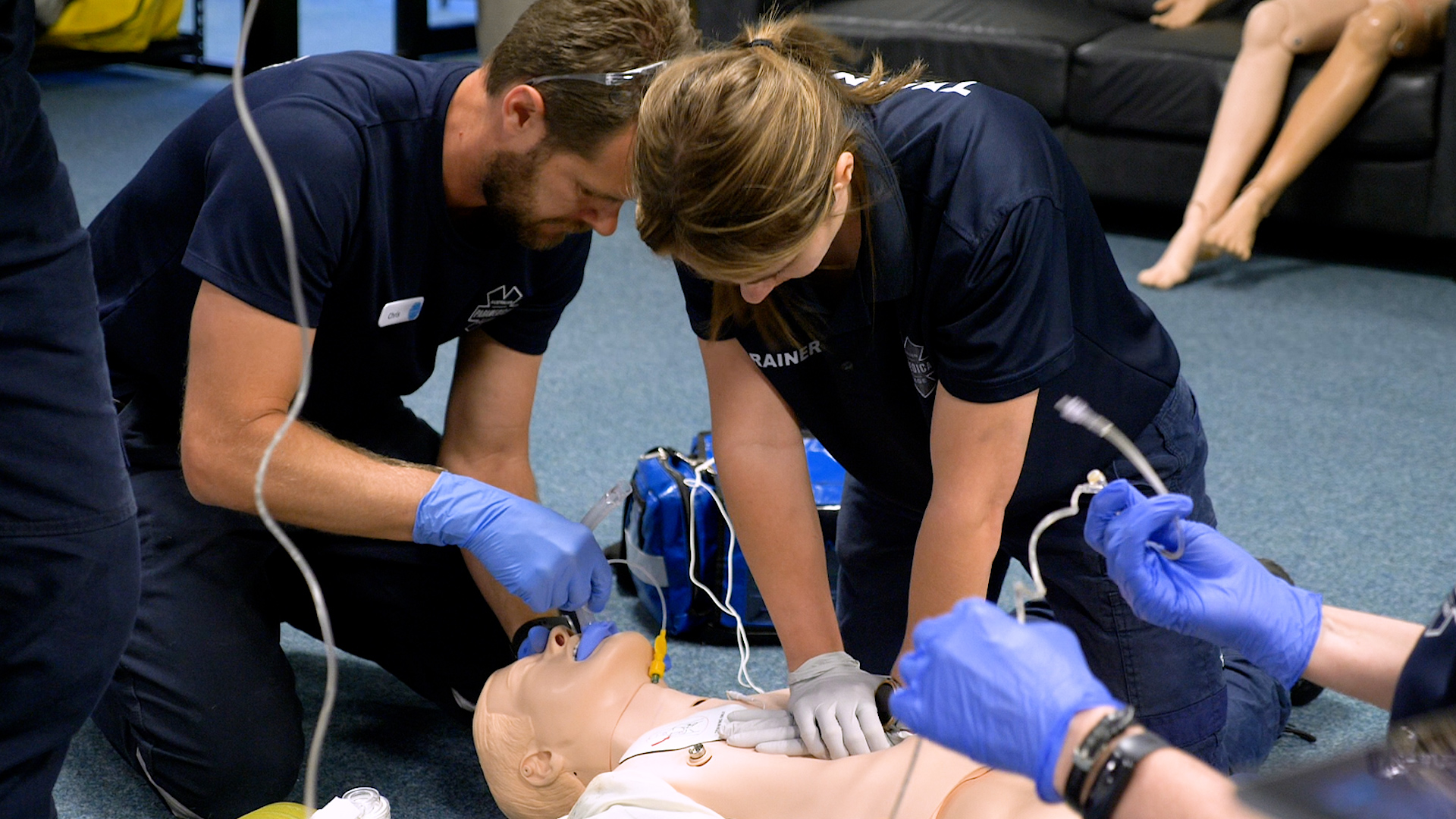
How to become a Paramedic from a Nurse
Becoming a Paramedic When You’re Already a Nurse
Updated 14th November 2025
If you’re working as an Enrolled Nurse (EN) or Registered Nurse (RN) and you’re curious about life on the road as a paramedic, you’re not alone. Many nurses look for a role that offers more mobility, problem-solving, and independence – without having to start a whole new career from scratch. The good news? Nursing provides a solid foundation for the shift into paramedicine, and the transition is often smoother than most people expect.
Moving from Nursing to Paramedicine
Nurses build strong clinical judgement, patient care skills, and a calm-under-pressure mindset. Those strengths translate directly into pre-hospital care roles. Whether you’ve worked in acute settings or community care, you’re already carrying valuable experience into the paramedic field.
How Nursing and Paramedicine Differ
The core difference is the work environment. Paramedics operate in dynamic, unpredictable settings – responding first to emergencies, stabilising patients, and deciding whether transport is required. It’s fast, hands-on, and highly autonomous.
Nurses typically deliver ongoing patient care within hospitals, clinics, or medical facilities. Their responsibilities may include wound care, medication administration, patient monitoring, and supporting daily medical needs.
Of course, both professions vary widely depending on your employer, qualifications, and specialisation. But regardless of the path you choose, both careers play a critical and respected role in Australia’s health system.
Is There a Nurse-to-Paramedic Course?
Yes – there are recognised pathways designed specifically for nurses who want to become paramedics. This page focuses on the Vocational Education and Training (VET) pathway, which allows many nurses to accelerate their progression due to their existing qualifications and experience.
What Qualifications Do Paramedics Need?
To work as a registered paramedic in Australia, you must be registered with the Australian Health Practitioner Regulation Agency (AHPRA). Those who don’t already hold a relevant health degree generally need to complete a Bachelor of Paramedic Science/Paramedicine – typically a three-year full-time commitment costing upwards of $70,000 (based on 2024 ECU estimates).
If you’re not yet a nurse but want to explore how to become a paramedic, you can begin via a Vocational Education and Training (VET) pathway.
The VET Pathway for Nurses
The VET system focuses on practical, applied learning – perfect for healthcare professionals wanting real-world skills. The HLT51020 – Diploma of Emergency Health Care recognises prior nursing knowledge and can significantly shorten your study time while building the pre-hospital skills you’ll need.
Here’s how the pathway typically works:
1. Apply for RPL (Recognition of Prior Learning) into the Diploma
Apply with us to confirm processing times, fees, and credit options. Because the course is self-paced, most nurses continue working full-time while studying.
2. Use Your Diploma + Nursing Qualification for University Entry
Once you’ve completed the Diploma, you can use it alongside your nursing degree to apply for a Bachelor in Paramedicine. Many universities offer credit exemptions, which could reduce both your study load and your tuition costs.
3. Graduate and Step Into Paramedicine
With your university qualification completed, you’ll be eligible to register as a paramedic – and you’ll hold two valuable healthcare credentials that open doors across emergency and clinical environments.
Careers You Can Pursue After the Diploma
Emergency healthcare is expanding rapidly, and Diploma graduates have a range of options while they continue their studies. Common roles include:
- Emergency Services Officer (ESO) / Medical Emergency Services Officer (MESO)
- Industrial Medic
- Basic-Advanced Life Support Medic
- First Responder
- Ambulance Transport Attendant (ATA)
- Emergency Medical Technician (EMT)
These positions offer practical experience, great exposure to emergency care environments, and strong employment demand across industries – mining, events, industrial sites, remote operations, and more.
Ready to Explore Your Options?
Paramedicine Online is powered by Australian Paramedical College (APC) a Registered Training Organisation (RTO32513), has spent more than a decade refining flexible, self-paced training for students entering emergency and non-emergency healthcare. If you want to fast-track your move into paramedicine, the Diploma of Emergency Health Care is one of the most efficient ways to get started.
Start your application today and secure your place in the next intake.

